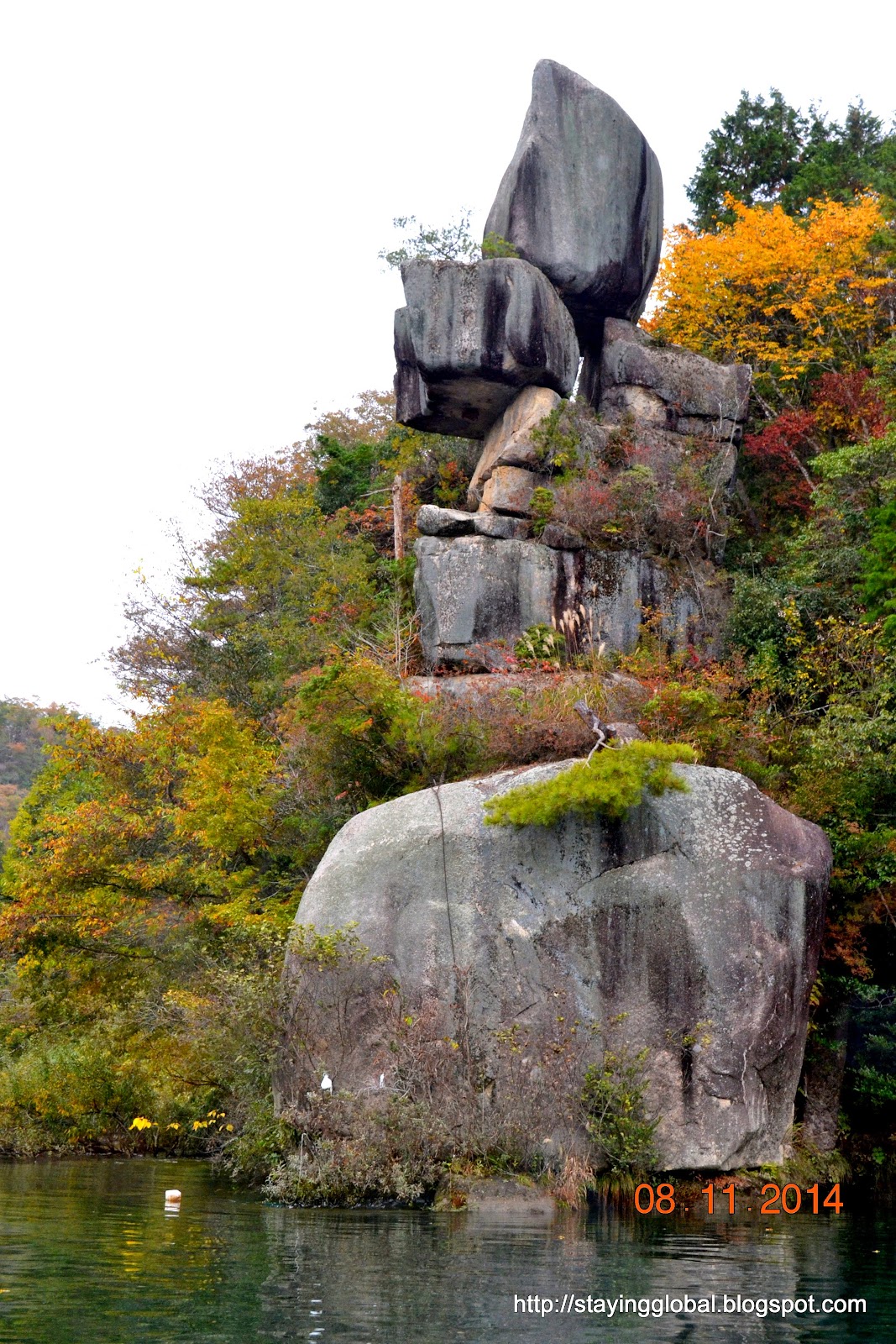Today I visited the Atsuta Shrine with a friend. We wanted to visit Kami no Ondo, a shop that specialises in all kinds of paper and paper craft supplies. Since the shop is close to the Shrine we decided to visit it as well.
Atsuta Shrine is one of the important Shinto Shrines in Japan. Infact it is considered the 2nd most important shrine after the Grand Shrines of Ise in Mie Prefecture. The Shrine stands amidst tall trees in Nagoya's Atsuta Ward. The Shrine buildings are built in the Shinmei-zukuri architecture and are said to be modeled after the Grand Shrines of Ise.
Many of the shrine buildings were destroyed in the World War II bombings. The main Shrine Building, the Honden and other buildings were reconstructed in 1955.
The Atsuta Shrine enshrines the Sun Goddess Amaterasu and the Five Gods of Atsuta. The Shrine is also home to ' Kusanagi-no-Tsurugi', a sword which is one of the Three Sacred Imperial Treasures. It is believed that three treasures, Yata no Kagami (a mirror), Kusanagi no Tsurugi (a sword) and Yasakani no Magatama (a jewel) were brought to earth by Ninigi-no-Mikoto, the grandson of the Sun Goddess Amaterasu. The Japanese Imperial Family are descendants of Ninigi-no Mikoto. The three sacred treasures are considered to represent, valor, wisdom and benevolence. The Three Sacred Treasures find a mention in the Kojiki and Nihonshoki, the oldest Chronicles containing explanations about the origin of the Japanese islands and the Kami.Since these three treasures are legendary, the exact locations of these treasures are not disclosed but it is believed that the Sword is located in the Atsuta Shrine in Nagoya, the mirror is located in the Ise Grand Shrine and the jewel is located at the Imperial Palace in Tokyo. Traditionally these three sacred treasures can be seen only by the Emperor and certain priests and these treasures are presented to the Emperor at the time of his enthronement ceremony, which is a private affair.
The Treasure Hall, Bunkaden, houses about 4000 articles donated by the Imperial family, Shoguns, feudal lords and even common people. The collection contains articles like ancient documents, sacred garments, masks, furniture and even household items.
There are many halls where various ceremonies like weddings etc are conducted.
We saw few Plum blossoms on the Shrine grounds.
Address: Aichi Prefecture, Nagoya, Atsuta Ku, Jingu 1-1-1
Phone: 052-671-4151
Nearest station: Jingu Nishi and Tenma cho Stations on Subway Meijo Line and Jingu mae Station on Meitetsu Line
Opening Hours: Shrine -Open 24 hours
Treasure Hall: 9:00-16:30 hrs
Closing Days: Shrine - Open 24 hours
Treasure Hall- Closed on last Wednesday of each month and Dec 25-31
Entrance Fees: Shrine: Free
Treasure Hall: 300 yen
Parking: Ample Parking Available





























